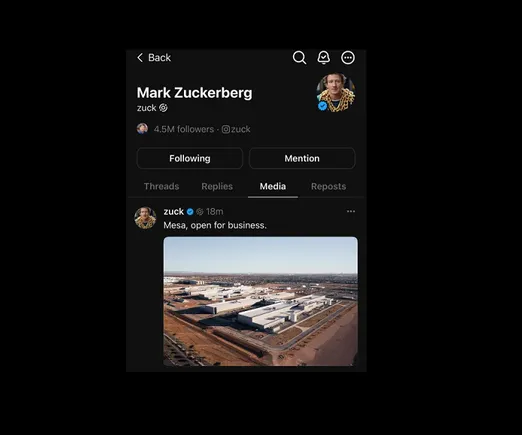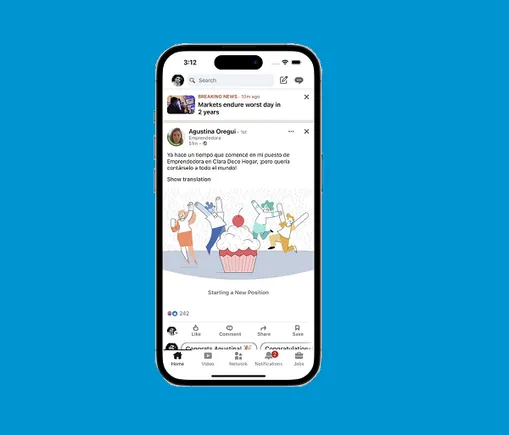This weekend’s imposition of tariffs by President Trump should serve a reminder to every CEO that the new president’s primary objective is crystal clear: Reduce the U.S. trade deficit, particularly with China, Mexico, and Canada, even if it causes short-term pain for American businesses.
This deficit, totaling nearly $1 trillion annually drains hard currency from the U.S. economy, weakening its long-term position. China, in particular, benefits from this imbalance, channeling its surplus into economic expansion and military development. Trump sees this as a direct threat to American strength.
Tariffs are not his goal; they are simply the first strike in a broader effort to rebalance trade. He has been consistent about this since 2015—this is his way to force change. China has adapted by routing trade through Mexico and Vietnam, keeping its exports flowing while avoiding direct confrontation. But this strategy is not sustainable. The question CEOs must ask themselves is: How will these trade shifts impact my business, and what signals should I be watching? The game is evolving, and leaders who fail to grasp the underlying objective will be caught off guard.
To thrive in today’s complex global landscape, CEOs must recognize President Trump’s clear goals and align their strategies accordingly. His priorities are predictable, and his actions are deliberate. By focusing on the long—not short—term leaders can navigate volatility with confidence and turn uncertainty into opportunity.
Certainty in a Volatile Style
Trump’s early moves—promoting U.S. energy independence, announcing tax cuts, reducing regulatory barriers, and using tariffs as leverage—were telegraphed long before his presidency. His agenda is structured around strengthening America’s industrial base and creating a business environment that attracts both domestic and foreign investment (‘Come and Make in America’).
His belief in the U.S. economy’s vast scale and strength has driven a consistent pattern: take a bold stance, negotiate strategically, and strike a deal. Whether engaging with leaders like Xi Jinping, renegotiating NAFTA, or signalling openness to working with Russia, his approach reflects calculated intent.
This does not mean his methods lack volatility. His threats and salvos can create short-term operational difficulty. Tariffs, disrupted supply chains, and fluctuating currencies are all challenges, to be sure. But that is the environment you now face. To thrive, leaders must learn to live with short-term fluctuations and focus on the consistent direction of Trump’s goals.
Three Keys to Navigating Trump’s Environment
To stay ahead, CEOs must adopt strategies that align with Trump’s approach while maintaining agility. Here are three keys:
Watch Actions, Not Words. Campaign-style rhetoric and bold pronouncements often serve as opening moves in Trump’s negotiation strategy. The real direction of U.S. policy lies in what he does—not necessarily in his tweets or public statements. Study executive orders, trade agreements, the fine print of legislation, and policy shifts that influence long-term capital flows. But never lose sight of his long-term objectives—and how you will position yourself to find opportunities.
Create Scenarios and Action Options. Navigating uncertainty requires proactive planning and a structured approach. If you haven’t already, you must create a “war room” team dedicated to mapping scenarios and crafting strategies (many companies are already doing this). This team should consider Trump’s actions across timelines, preparing for short-term volatility, clarifying his goals through emerging patterns in the interim, and aligning with his long-term priorities.
Key questions to guide your planning include:
- How will we respond to tariffs on key inputs?
- What if trade barriers delay shipments or restrict imports?
- How do we protect ourselves against currency swings?
Develop alternative supply networks, contingency budgets, and logistics adjustments. Collaboration with suppliers and customers is also critical—they face similar challenges, and joint problem-solving can strengthen partnerships.
By building these scenarios, businesses can prepare for disruptions while gaining a deeper understanding of operational risks and opportunities.
Maintain Momentum in Core Business. Avoid letting uncertainty lead to paralysis. Invest in product development, customer outreach, and talent acquisition. Communicate proactively with employees, suppliers, and customers to maintain confidence and alignment. Above all, keep a tight focus on cash flow—financial flexibility will be critical if unforeseen disruptions occur. Continuing to strengthen the fundamentals of your business ensures that you are prepared for whatever changes lie ahead.
The Road From Here
President Trump’s leadership has reshaped how the U.S. engages with allies and competitors. His approach involves signalling bold intentions, negotiating directly, and relying on the strength of the U.S. economy as leverage. While some may interpret this as unpredictable, the underlying goals are consistent and aligned with his vision for American competitiveness.
When someone is on the right path, the probability of success increases. Trump’s actions are credible, and his priorities are clear. By focusing on what he does, building scenario-based strategies, and maintaining momentum, CEOs can turn uncertainty into a competitive advantage.
The strongest leaders do not fear volatility. Instead, they embrace it as an opportunity to innovate, adapt, and strengthen their organizations. By staying bold, flexible, and grounded in Trump’s consistent priorities, you can position your business to thrive in this environment.



































































